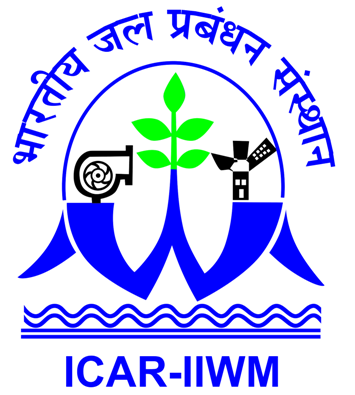- Optimum irrigation schedules have been developed for major field crops like cereals, pulses and oilseed crops and also for vegetable, fruit crops and spices at selected centers. Optimum fertilizer doses and irrigation-nutrient interactions have been worked out for most of the crops.
- Critical growth stages of various crops have been identified in respect of water demand, and water stress susceptibility. Under limited water supply, irrigation needs to be applied at critical growth stages for maximizing water-use efficiency.
- Water-use efficient crops and crop sequences have been identified. Low water demanding sequences have been introduced in traditional crop sequence areas and evaluated for economic return and water-use. Pulses and oilseed crops, in general are amenable to inclusion in traditional crop sequences in non-traditional seasons and regions.
- Design specifications of various surface irrigation methods like border-strip, furrow and check basin have been standardized under varying soil and agro climatic situations in water scarcity areas. Irrigation in alternate furrows has produced encouraging results and need to be practiced for wide row crops.
- Techno-economic feasibility of drip irrigation in fruits and vegetable crops and high water requiring crops such as sugarcane and banana has been established. The response of old coconut trees to micro irrigation has been encouraging. The studies have been extended to plantation crops at same centers. Fertigation has been introduced in sugarcane, banana, cotton, tomato etc in order to economize on fertilizer requirement and improve fertilizer-use efficiency.
- In hilly and high rainfall areas, technology has been developed for in-situ conservation and carry-over of moisture for succeeding rabi Improvement in hydrothermal regime has been achieved by use of organic mulches. Water harvesting technology and measures to improve productivity of harvested water has been developed.
- In high water table areas, contribution of ground water-table towards crop evapotranspiration has been quantified and irrigation water requirement is considerably reduced. Critical water-table depths have been quantified for different crops under different agro-climatic situations. Compared to pulses and oilseed crops, cereals and millets can tolerate shallow water-table depth.
- The water management technologies developed at experimental station has been tested in front line demonstrations on farmers’ fields.
- The improved water management technology consisting of optimum irrigation schedules, proper land layouts, method of irrigation, channelised irrigation and use of other production inputs such as quality seeds, adequate and balanced fertilizers and plant protection measures has been demonstrated

(AICRP-IWM)
